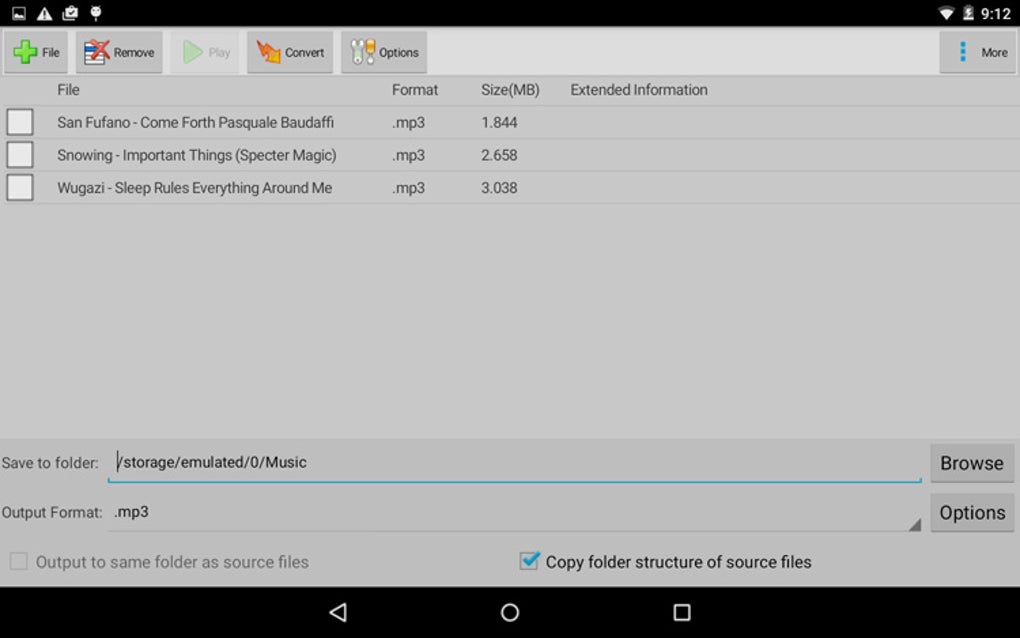

Opus has the low algorithmic delay (26.5 ms by default) necessary for use as part of a real-time communication link, networked music performances, and live lip sync by trading-off quality or bitrate, the delay can be reduced down to 5 ms.


Bitrate, audio bandwidth, complexity, and algorithm can all be adjusted seamlessly in each frame. Opus combines the speech-oriented LPC-based SILK algorithm and the lower-latency MDCT-based CELT algorithm, switching between or combining them as needed for maximal efficiency. Opus replaces both Vorbis and Speex for new applications, and several blind listening tests have ranked it higher-quality than any other standard audio format at any given bitrate until transparency is reached, including MP3, AAC, and HE-AAC. Usually commercial software or games are produced for sale or to serve a commercial purpose.Opus is a lossy audio coding format developed by the Xiph.Org Foundation and standardized by the Internet Engineering Task Force, designed to efficiently code speech and general audio in a single format, while remaining low-latency enough for real-time interactive communication and low-complexity enough for low-end embedded processors. Even though, most trial software products are only time-limited some also have feature limitations. After that trial period (usually 15 to 90 days) the user can decide whether to buy the software or not. Trial software allows the user to evaluate the software for a limited amount of time. Demos are usually not time-limited (like Trial software) but the functionality is limited. In some cases, all the functionality is disabled until the license is purchased. Demoĭemo programs have a limited functionality for free, but charge for an advanced set of features or for the removal of advertisements from the program's interfaces. In some cases, ads may be show to the users. Basically, a product is offered Free to Play (Freemium) and the user can decide if he wants to pay the money (Premium) for additional features, services, virtual or physical goods that expand the functionality of the game. This license is commonly used for video games and it allows users to download and play the game for free. There are many different open source licenses but they all must comply with the Open Source Definition - in brief: the software can be freely used, modified and shared. Programs released under this license can be used at no cost for both personal and commercial purposes. Open Source software is software with source code that anyone can inspect, modify or enhance. Freeware products can be used free of charge for both personal and professional (commercial use). Freeware programs can be downloaded used free of charge and without any time limitations.


 0 kommentar(er)
0 kommentar(er)
